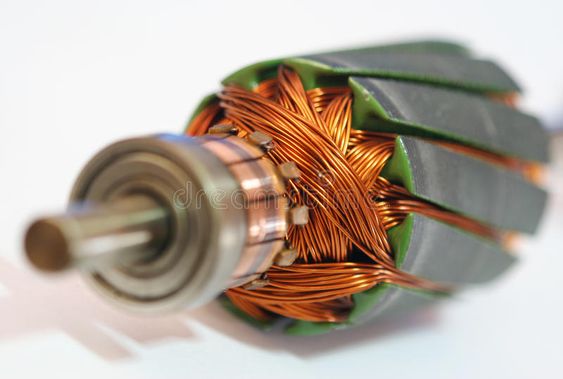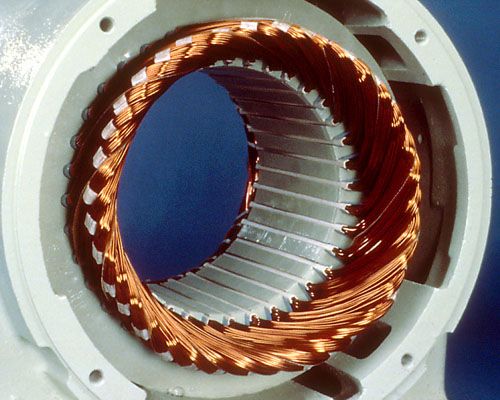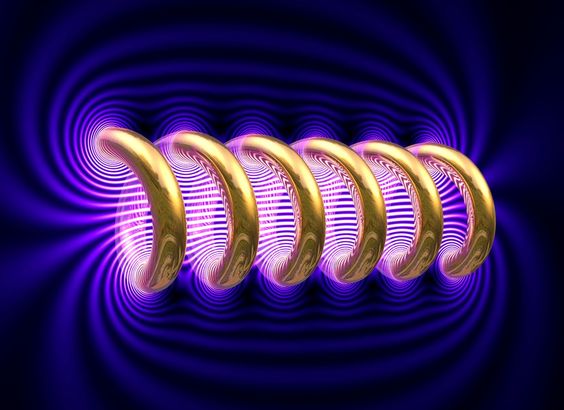Wire coiling, a technique as old as metallurgy itself, remains integral to modern manufacturing and various industrial applications. From simple electrical wiring to intricate medical devices, wire coiling is both an art and a science, requiring precision, skill, and technological innovation. This article explores the fundamentals of wire coiling, its diverse applications, and the latest advancements in the field.
Understanding Wire Coiling
Wire coiling involves winding wire into helical shapes or coils, which serve various functional and structural purposes. The process can be manual or automated, depending on the complexity and scale of the operation. Key parameters such as wire material, diameter, coil dimensions, and winding tension must be meticulously controlled to achieve the desired specifications.
Techniques of Wire Coiling
Several techniques are employed in wire coiling, each suited to different applications:
- Simple Coiling: This involves winding wire around a single axis to create uniform coils, commonly used in electrical wiring and cable management.
- Helical Coiling: Used in springs and certain types of transformers, this technique requires precise control over pitch and diameter.
- Multi-Axis Coiling: Involves winding wire in multiple directions, creating complex shapes for advanced applications such as medical stents and specialized industrial components.
- Toroidal Coiling: This method coils wire around a toroidal (doughnut-shaped) core, essential in the production of inductors and transformers.

Applications of Wire Coiling
Wire coiling is ubiquitous across numerous industries, each utilizing the technique for specific purposes:
- Electronics and Electrical Engineering: Coiled wires are fundamental in the production of inductors, transformers, and electromagnets, essential components in electrical circuits and devices.
- Medical Devices: Precision coiling is critical in manufacturing stents, catheters, and guidewires, which require biocompatibility and exacting standards.
- Automotive Industry: Springs and coils are vital in vehicle suspension systems, ignition systems, and sensors, contributing to vehicle safety and performance.
- Telecommunications: Coiled wire is used in various forms of antennae and signal transmission devices, ensuring efficient communication channels.
- Consumer Products: From household appliances to toys, coiled wires provide functionality and durability in everyday products.
Innovations in Wire Coiling
Advancements in materials science and manufacturing technology continue to drive innovation in wire coiling:
- Smart Materials: The use of shape-memory alloys and other smart materials in wire coiling allows for dynamic responses to environmental changes, enhancing functionality in applications like actuators and sensors.
- Precision Automation: Cutting-edge CNC (Computer Numerical Control) machines enable ultra-precise coiling processes, reducing human error and increasing production efficiency. These machines can handle complex coiling tasks that were previously impossible to automate.
- Nano-Coiling: At the nanoscale, coiling techniques are revolutionizing fields like nanotechnology and biomedicine. Nano-coiled wires are being developed for drug delivery systems and nanoscale sensors.
- Sustainability: Eco-friendly practices in wire manufacturing, including recycling and the use of sustainable materials, are becoming increasingly important. Innovations in coiling processes aim to reduce waste and improve energy efficiency.

Challenges in Wire Coiling
Despite its widespread use and technological advancements, wire coiling presents several challenges:
- Material Limitations: Not all materials can be easily coiled without risking breakage or deformation. Developing new materials that are both flexible and strong is an ongoing challenge.
- Precision Requirements: High-precision applications, such as medical devices, demand extremely tight tolerances. Achieving this level of precision consistently is technically challenging and requires advanced equipment.
- Cost and Efficiency: Balancing cost-efficiency with quality is a perpetual challenge, particularly in high-volume manufacturing environments.
Wire coiling is a foundational process that supports a vast array of industries and applications. Through continual innovation and adaptation, the techniques and technologies of wire coiling evolve to meet the ever-changing demands of modern manufacturing. As we look to the future, the integration of advanced materials and precision automation will further enhance the capabilities and applications of wire coiling, solidifying its role as an indispensable element in both current and emerging technologies.
For businesses involved in manufacturing and product development, staying abreast of the latest advancements in wire coiling is crucial. Investing in cutting-edge coiling technology and exploring new materials can lead to improved product performance and competitiveness. Embrace the art and science of wire coiling to drive innovation and efficiency in your operations.

